Weights and Measures Update
This industry is now worth over $40 billion in annual revenue, and gardening has become America’s number-one outdoor leisure activity. All major network morning shows have gardening segments, there’s a separate rack for gardening magazines at the local Barnes & Noble, Starbucks promotes free coffee grounds to their customers to use as a soil amendment, heck this industry has two television channels of its own! Even weights and measures regulators have noticed. While the notice from regulators is not quite as gratifying as the television coverage, think of them as our industry’s paparazzi when they start showing up it is a sure sign of success.
By now you’ve probably heard about the increased regulatory scrutiny on container-grown plants, and you may have a few questions, so I’ll get started. Weights and measures laws exist to protect consumers. The goal is to allow consumers to make price and quantity comparisons between similar products. The National Institute of Standards and Technology (NIST) advises the state and county weights and measures jurisdictions around the country on interpreting the application of these laws. They are enforced at the local level by your state or county department of weights and measures. These enforced laws require three pieces of information to be clearly labeled on the product.
- Identity: what is it?
- Net Contents: how much?
- Responsibility: who is responsible for the quantity and quality of this product?
As a retailer, you have to ensure that all the containerized plants in your nursery have the above information, in the correct format on a label. This label can be a sticker on the pot, a stick tag, hangtag or a sign adjacent to a group of the same plants.
Three must knows
Declaration of Identity. What the Declaration of Identity needs to look like is a lot like what you have on plants, labels and signs right now. It can be the common name, like Cranesbill, or the botanical name, like Geranium x ‘Rozanne’. For mixed containers, such as hanging baskets and container gardens, you can use “Mixed Annuals” or “Mixed Herbs.”
Declaration of Net Contents. The declaration of net contents is part of the law that requires an accurate measure of quantity be used uniformly for all similar products. This can be weight, dimension or volume. In our industry, we could measure the size of the plant, the soil volume, dimensions of the pot or the volume capacity of the pot. What is being recommended? Well, many people in our industry have pondered this issue; how do you accurately label a perennial by plant size and not retag it every week from April 1st to September 1st? Soil volume is variable and changes during the life of the plant in the pot, which leaves the volume capacity and size of the container.
Whether using dimension or volume, the law requires both U.S. and metric measures be used. On an irregular pot, like our tapered, stackable containers, that means top diameter, bottom diameter and height, and after converting it, it is a total of six measurements. Volume, on the other hand, requires only two U.S. and metric. Choosing to use the latter, the declaration of net contents is just the volume capacity of the pot listed in U.S. and metric.
Responsibility. The declaration of responsibiltiy lists the party grower, distributor or retailer who takes responsibility for the quantity, identity and quality of the product. The identity must contain the name of the company and its city, state and zip. Unless your growing facility is on-site, you need to provide a declaration of responsibility, even if your fields or greenhouse range are just a couple of miles away.
Now once you have these three pieces of information, there are specific instructions for placement of the declaration of net contents and identity; they must appear together on one label. Net contents must appear in the bottom 30 percent of that label. The declaration of responsibility can appear anywhere else on the product. As of now, several industry trade associations have been working in conjunction with labeling companies to design compliant sample labels, which you can find in the new set of guidelines from ANLA by visiting www.anla.org.
Compliance At Retail
The compliance deadline has long passed, enacted in 1971. Yes, these laws were written in 1971, and our industry has been out of compliance to the extent that Á signs and labels have not met these requirements. Our recent success has earned us greater regulatory attention. When other industries have gone through this process there is often leniency granted while existing label inventories are depleted, but regulators still have the ultimate discretion to issue warnings and fines. To ensure that you are on your way to compliance, the next time you order labels, make sure they are compliant. Remember, signage and advertising can easily be changed to reflect these regulations, and do it as soon as possible. This is not a problem that rests solely in your hands. Pot manufacturers are providing growers and label companies with accurate volume capacity information. Label companies are already working to design compliant labels, and many growers, who already provide labeling as a service, are working to obtain compliant labels for the plants they ship to you. But do keep in mind that the retailer is responsible if the products do not contain this information.
I know it may seem like the trade associations got together with the regulators to make your life difficult, but they didn’t. Regulators have long acknowledged that our industry is out of compliance with these regulations. Several trade associations, including ANLA, have worked together to study these laws and provide compliance recommendations. These laws were already written; trade associations are just helping their members avoid regulatory action. If you’re still revolting compliance, the guidelines provided by the trade associations are recommendations and strictly voluntary. Following the recommendations addresses compliance with all regulations as they are understood. It is up to each business to make the decision on how much risk they are comfortable taking.







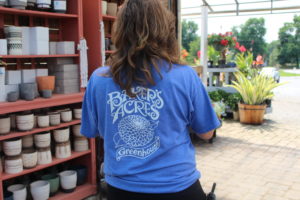

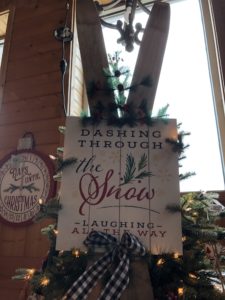



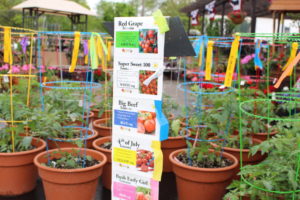
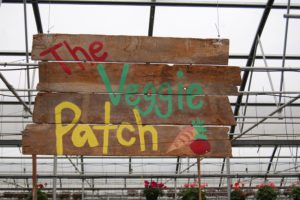
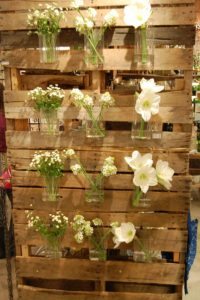
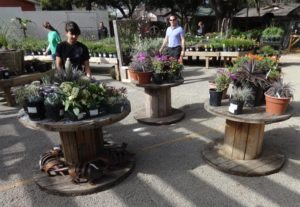

 Videos
Videos





